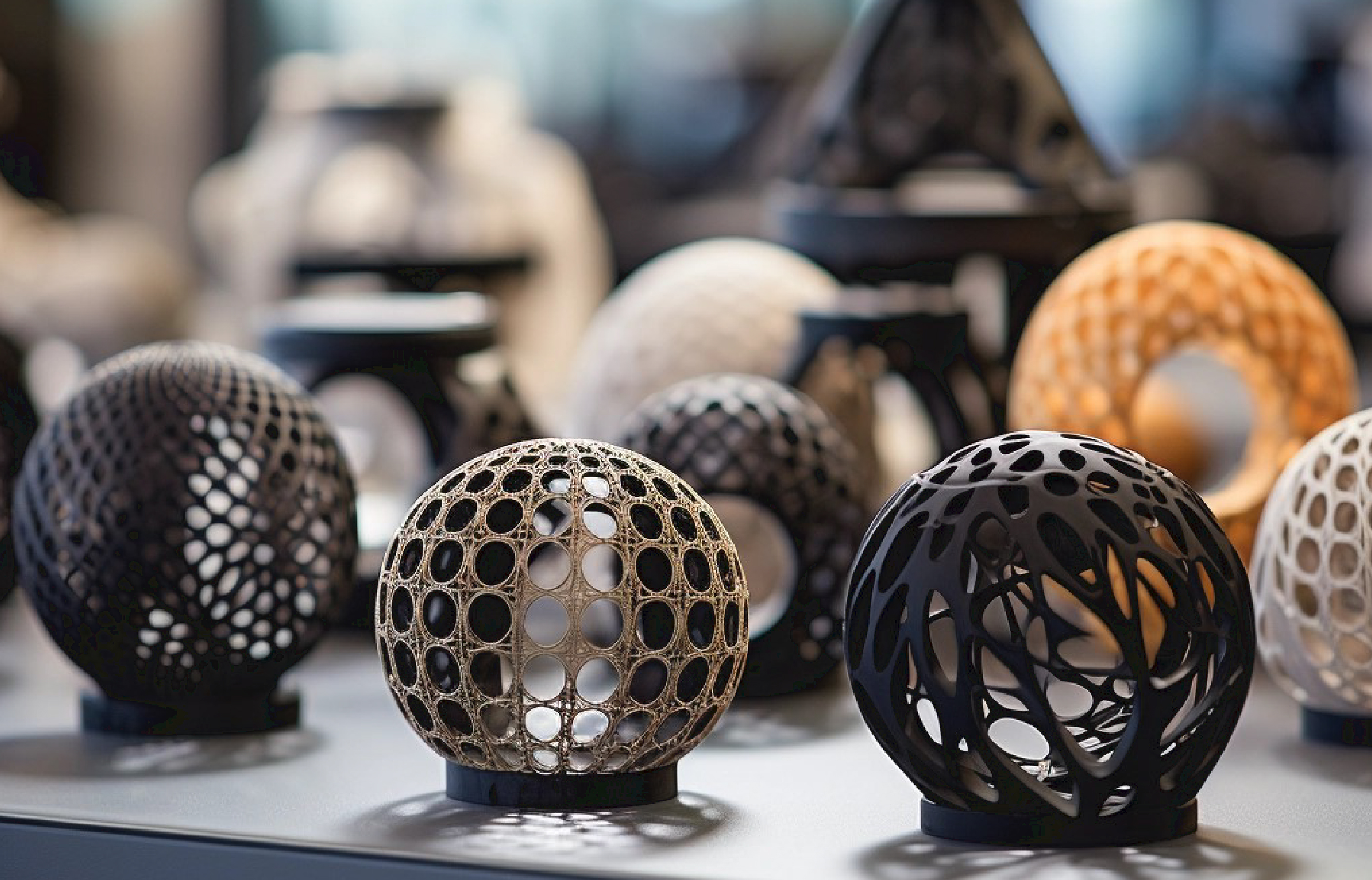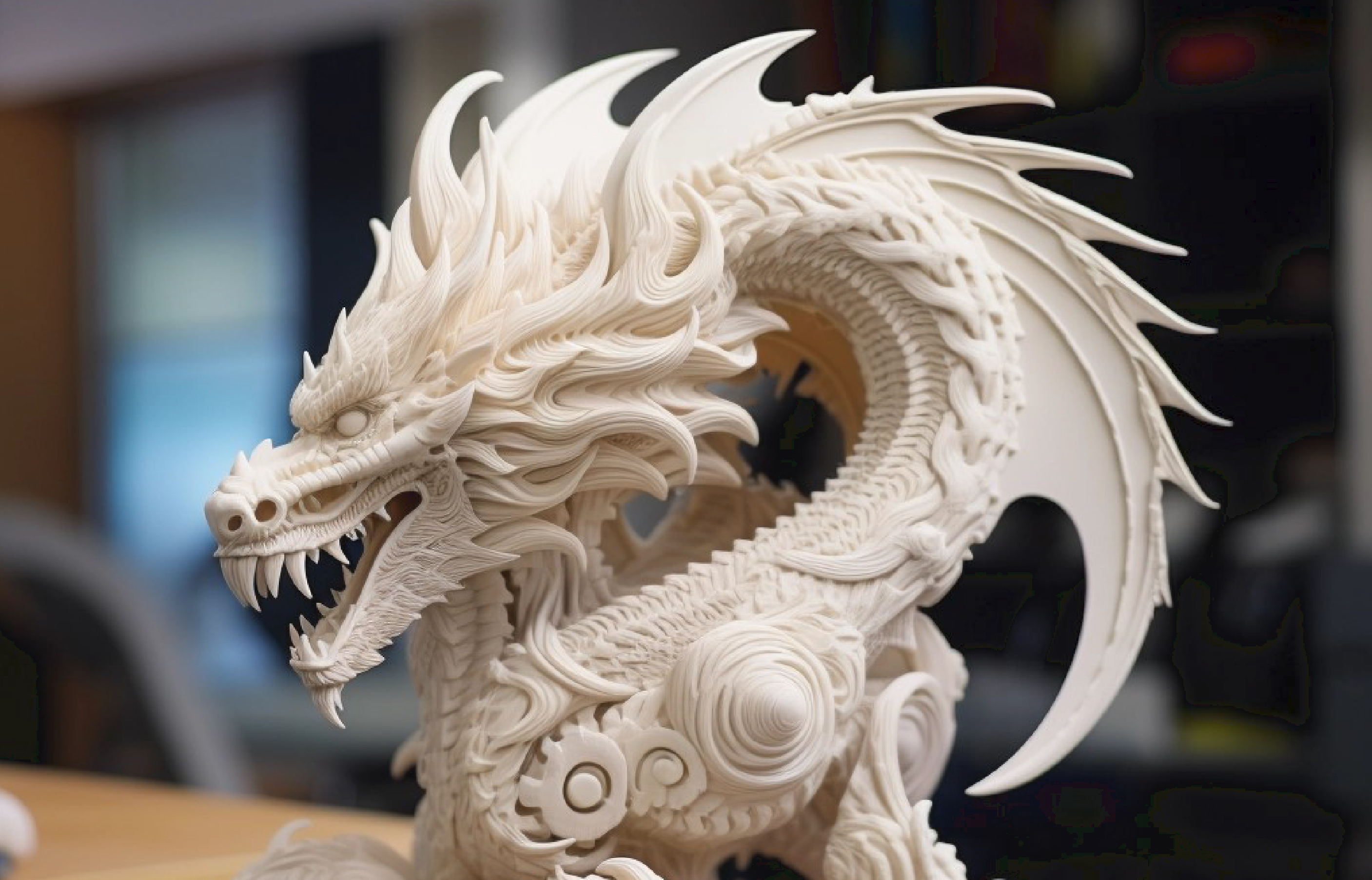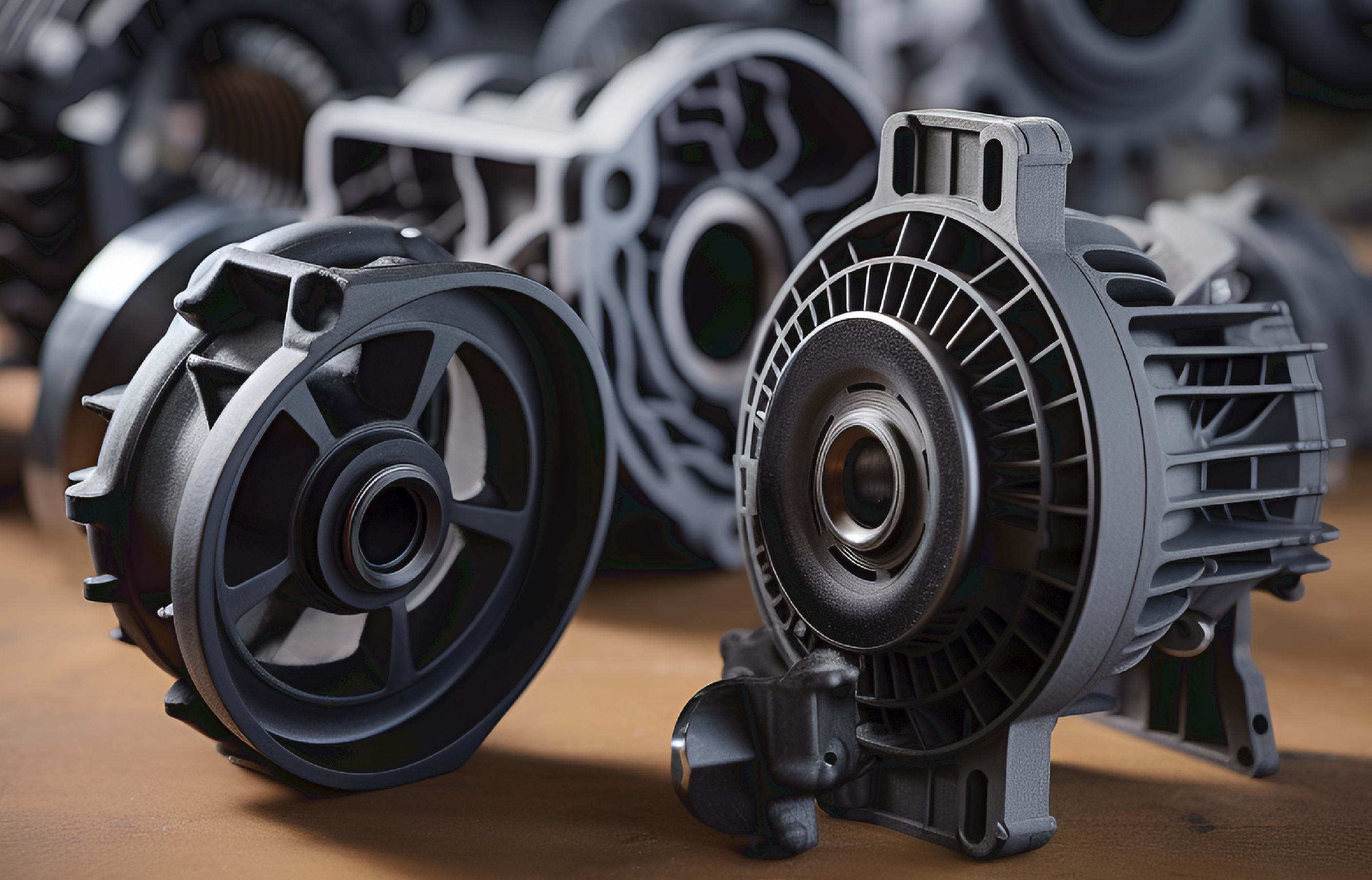MJF/SLS
Multi Jet Fusion (MJF) and Selective Laser Sintering (SLS) are industrial 3D printing technologies that belong to the powder bed fusion family. Both processes build parts by thermally fusing (or sintering) polymer powder particles layer by layer.
The main difference between these two technologies is their heat source. SLS uses a laser to scan and sinter across each cross-section. MJF, on the other hand, dispenses an ink (fusing agent) on the powder for absorbing infrared light. The printer then passes an infrared energy source over the build platform to fuse the inked areas. Essentially, MJF combines SLS and Binder Jetting technologies.
Multi Jet Fusion parts will have a finer feature resolution of 0.020 in. (0.51mm) compared to 0.030 in. (0.762mm) for SLS. Although, it should be noted that SLS has better small feature accuracy of ±0.001 (0.0254mm) over ±0.004 in. (0.1016mm) for MJF. If a smooth surface finish is a requirement, MJF will be a better choice than SLS. Secondary operations are often recommended for both processes if surface finishes are crucial to your application. SLS will provide you with a broader range of options with multiple nylons as well as a TPU for elastomeric prototyping and polypropylene to get flexible, lighter-weight parts for demanding environments. Also, SLS parts can be dyed a variety of colors. Currently, Multi Jet Fusion offers parts built in PA 12, but you can also get the more rugged PA 12 40% Glass-filled Black for stronger parts. Note that these parts come off the platform as grey but can be dyed black for improved cosmetics.


